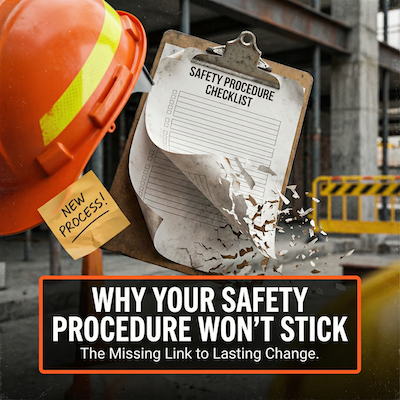Construction vs. QSR: Adapting Recognition Programs for Different Workplaces
At first glance, a construction site and a quick-service restaurant might seem worlds apart. One deals with heavy machinery and structural integrity, while the other focuses on food preparation and customer service. However, both industries share a crucial need: keeping workers engaged, safe, and motivated through effective recognition programs.
The Tale of Two Industries
Construction: High Stakes, Long-Term Impact
- Average cost per lost-time injury: $35,000
- Annual serious injuries: 12,500 (Australia)
- Focus: Safety-critical operations, regulatory compliance
- Project timelines: Months to years
- Team structure: Hierarchical, project-based
Quick-Service Restaurants: High Turnover, Immediate Results
- Annual turnover rate: Up to 150%
- Monthly new hires per restaurant: High volume
- Focus: Speed, customer service, food safety
- Project timelines: Immediate, shift-based
- Team structure: Shift-based, multiple roles

Common Challenges, Different Contexts
Construction Sector
- Safety-Critical Environment
- High-risk operations requiring constant vigilance
- Substantial consequences for safety breaches
- Complex regulatory requirements
- Multiple contractors and stakeholders
- Long-Term Impact
- Projects spanning months or years
- Skills development takes significant time
- Recognition needs to sustain motivation over extended periods
QSR Sector
- High-Velocity Environment
- Rapid-fire decision making
- Constant customer interaction
- Time-sensitive operations
- Multiple simultaneous tasks
- Workforce Dynamics
- High turnover (up to 150% annually)
- Young workforce
- Multiple shifts and varying schedules
- Need for quick onboarding and engagement
Tailoring Recognition Programs: Industry-Specific Approaches
Construction Recognition Strategies
- Safety-First Recognition
- Immediate rewards for proactive safety measures
- Recognition for identifying and reporting hazards
- Team-based safety achievement celebrations
- Milestone recognition for incident-free periods
- Skill Development Recognition
- Acknowledgment of new certifications
- Recognition for mentoring others
- Awards for innovative problem-solving
- Documentation of best practices
- Project Milestone Recognition
- Celebration of project phase completions
- Recognition of quality achievements
- Team collaboration awards
- Client satisfaction acknowledgments
QSR Recognition Strategies
- Service Excellence Recognition
- On-the-spot rewards for outstanding customer service
- Recognition for handling peak periods effectively
- Awards for positive customer feedback
- Team speed and accuracy achievements
- Quick-Win Recognition
- Daily or shift-based achievements
- Recognition for maintaining quality during rush hours
- Cleanliness and food safety compliance rewards
- Cross-training accomplishments
- Team Performance Recognition
- Shift performance awards
- Recognition for supporting team members
- Special event handling excellence
- Training and mentoring achievements
Implementation Best Practices
Universal Principles
- Immediate Recognition
- Recognition must be timely and specific
- Clear connection between action and reward
- Consistent criteria across teams
- Easy-to-use recognition tools
- Multiple Recognition Channels
- Manager recognition (28% impact)
- CEO recognition (24% impact)
- Peer recognition opportunities
- Digital and physical recognition methods
- Measurable Outcomes
- Track recognition frequency
- Monitor impact on key metrics
- Gather feedback from recipients
- Adjust program based on results
Industry-Specific Considerations
Construction:
- Align recognition with project phases
- Include safety metrics in recognition criteria
- Recognition visible across multiple sites
- Integration with safety management systems
QSR:
- Daily/shift-based recognition opportunities
- Customer feedback integration
- Quick, visible recognition methods
- Mobile-friendly recognition tools
The Impact of Effective Recognition
Organizations with formal recognition programs experience:
- 31% less voluntary turnover
- 78% higher employee motivation
- 12x stronger business outcomes
- Improved safety compliance
- Enhanced team collaboration
Conclusion
While construction and QSR environments present distinct challenges, the fundamental need for recognition remains constant. The key to success lies in adapting recognition programs to match each industry's unique rhythm, risks, and rewards. By understanding these differences and implementing tailored recognition strategies, organizations can create more engaged, safer, and more productive workplaces.
Whether it's recognizing a construction worker for maintaining perfect safety protocols or acknowledging a QSR team member for exceptional customer service during a rush hour, the impact of immediate, meaningful recognition transcends industry boundaries. The future of workplace recognition lies in flexible, scalable solutions that can adapt to any industry while maintaining the core principles of effective recognition.










.svg)
